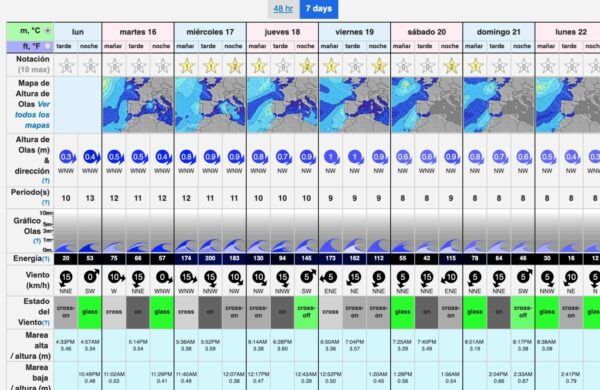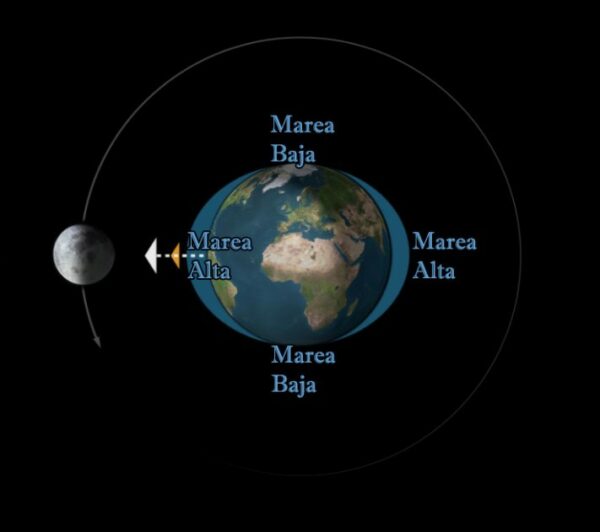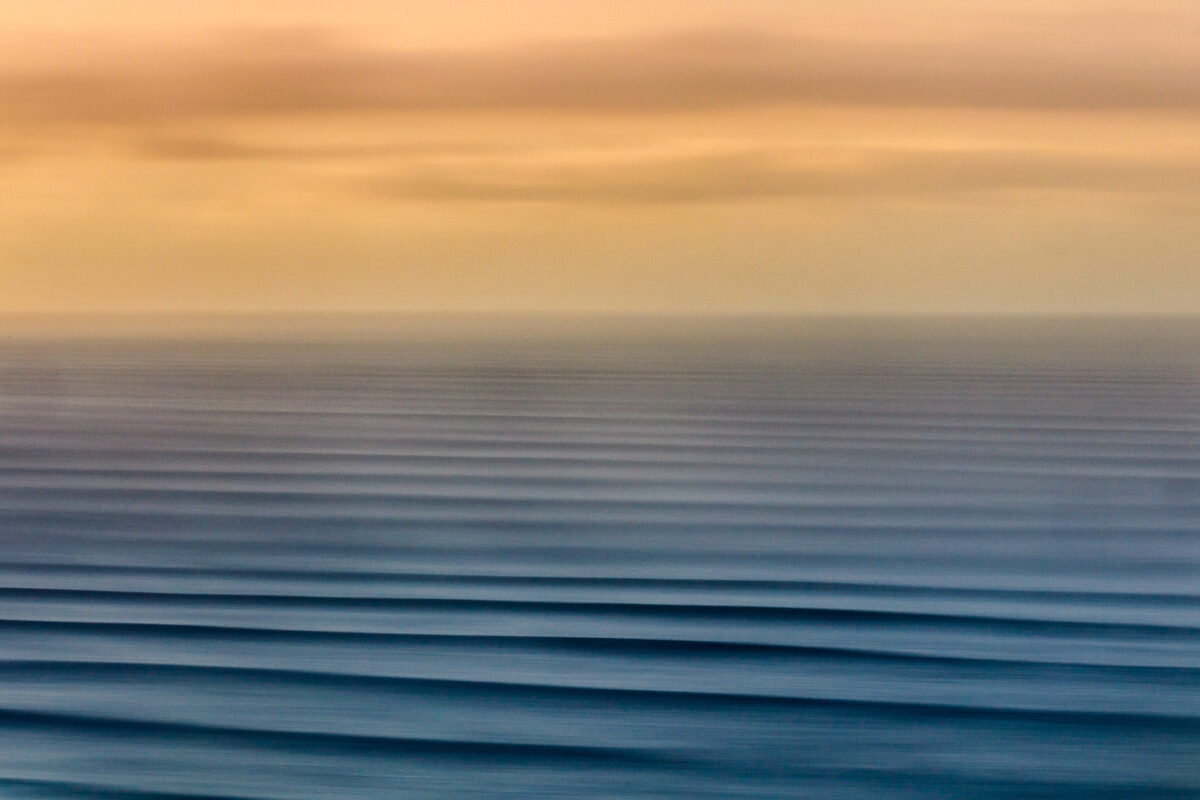Nowadays, there are many applications and websites to check wave forecasts, including Surf Forecast, Winguru, Magicseaweed (MSW), Surfline Surf report, and Earth Nullschool.
If you are new to surfing, it’s common to only focus on the wave size because there is so much information that you may not know how it works. Don’t worry, we have all been there.
Today we want to explain the factors you should consider when using a wave forecast application.
Factors to consider in Surf Forecast:

1. Wind Conditions and Direction

Wind can be categorized in three ways:
Offshore: Wind coming from the land or beach.
Onshore: Wind blowing from the sea.
Glassy: No wind present.
Additionally, wind directions are expressed using cardinal points:
NE: North East
SE: South East
SW: South West
NW: North West
2. Wave size
Focusing only on wave size is a mistake many of us have made. When we see that the height exceeds 0.8 meters, we grab our boards and head to the water. However, when we arrive at the beach, the sea is choppy, there is no wind, and we realize there are no surfable waves. Wave height is important, but it must be considered alongside other variables to determine if the conditions are suitable for surfing.
3. Tide

Tide plays a significant role as each beach has its own behavior. It depends on the seabed characteristics at the spot you plan to surf and the preferences of the waves for surfers.
4. Swell direction
Swell refers to the waves formed at sea due to meteorological phenomena, which eventually reach our coasts for surfing sessions. Like with tides, each beach has its own dynamics, and the directions are also represented in English using the same abbreviations mentioned for wind conditions.
5. Wave period

The wave period measures the time in seconds between one wave and the next.
Why do longer wave periods usually result in better surf?
The longer the period, the more powerful the waves tend to be. Why is that? A longer period indicates that the waves have formed far out at sea, covering a significant distance before reaching the coast. During this journey, the waves grow and organize themselves. Larger waves, when they break against the seafloor, generate more force. This phenomenon is known as «groundswell,» whereas shorter periods are referred to as «windswell.»
Periods of 1-4 seconds: Not suitable for surfing.
Periods of 5-6 seconds: Similar to the previous category, but if you’re eager to get in the water, you might catch something.
Periods of 7-9 seconds: The waves will be weaker, and the sets may not be clean, but depending on the seabed, you might find some fun waves.
Periods of 10-12 seconds: You are likely to encounter good-quality waves.
Benefits of Surf Forecast:
Easy to understand.
Provides information on over 7,000 beaches worldwide.
You can select your favorite spots and set up alerts via email or SMS when surfing conditions are favorable.
Beaches are rated on a scale of 1 to 10, with a bright yellow star representing a perfect 10.
We hope this information helps you better understand how the sea works.

